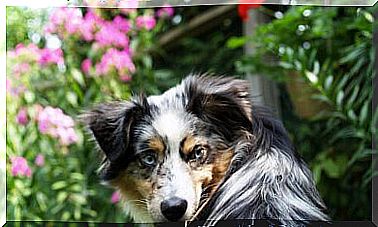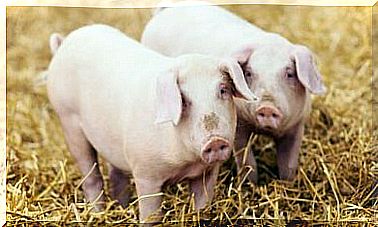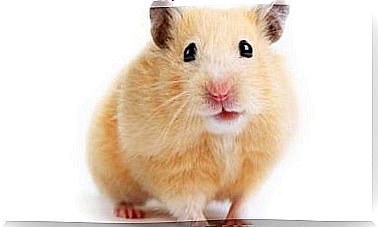Heron: Characteristics, Behavior And Habitat
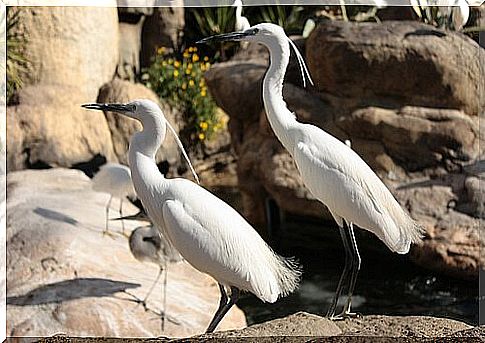
This bird of aquatic habits, originating from Eurasia and Africa, prefers habitats surrounded by rivers, lakes or freshwater wetlands. In this text, we will tell you about the characteristics, behavior and habitat of the heron, which is indeed majestic!
Heron Characteristics
Its scientific name is Ardea cinerea , it is a large bird that can measure up to one meter in height, and has a large wingspan that attracts attention when it is flying. From end to end, some reach 2 meters!
About the plumage of the heron, we can say that it is characterized by the lighter gray color on the wings and the white on the head and neck. In addition, it has a long, straight orange or yellow beak that ends in a tip shape, allowing it to catch your food without any problems.
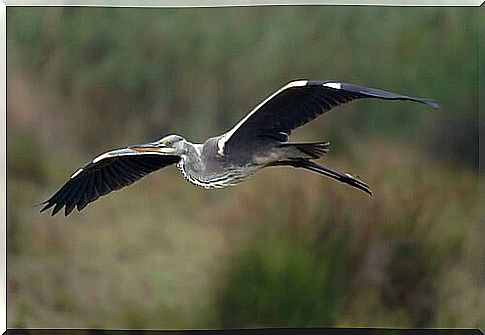
Source: Ferran Pastaña
On the other hand, it is worth noting that its paws are dark and very thin, like the flamingo’s, and that its eyes have a yellow iris.
Heron Behavior and Breeding
Herons’ long necks allow them to fly, forming an “S” between their beak and shoulders, and this habit differentiates them from storks and cranes, which stretch their necks. The movement of the wings is paused and the vibration can go too far. Egrets sometimes form circles in the air as wind currents develop.
In addition to spending a few hours flying, herons also often pose on the branches of trees, or roam on the ground or along the riverbank. When they do this, they use the paw for support.
One of the most curious characteristics of this bird is that, in order to communicate with its companions, it can emit different sounds and grunts within the colony. In addition, males call their peers as if it were a greeting, and have a special sound for the moment of expelling other individuals from their nests.
Herons’ homes are built in trees near lakes and wetlands, but we can also find nests among shrubs along riverbanks. The elaboration technique consists of setting up a platform of small branches, collected by the male, and lining the interior with herbs, fibers, feathers and plants, a job done by the female.
Regarding reproduction, it takes place from February to August and, after the courtship ceremony, during which couples spread their wings in a reconnaissance flight, copulation takes place. The female lays up to five eggs, which are greenish in color and are incubated for 25 days.
When the puppies are born, the parents feed them by taking food out of their own mouths until they are eight weeks old. Then they need to leave the nest and take care of themselves.
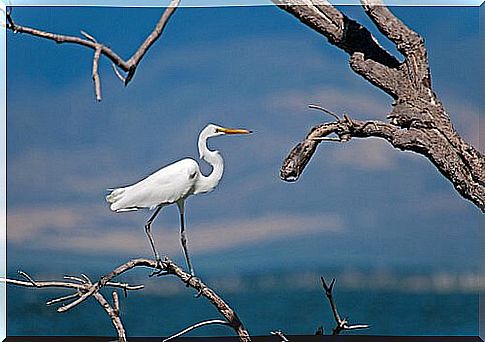
Source: Carlos de Soto Molinari
Heron Habitat and Feeding
The royal heron belongs to the group of pelagic birds, that is, they live in ecosystems such as rivers, lakes and lakes. The distribution area comprises all aquatic habitats, because that is where this animal finds everything it needs. Its flight radius is no more than 20 kilometers from the nest location.
Even though they are more frequent in lowland areas, there are some colonies in mountain lakes and weirs. Within the heron species, we can find four subgroups, which live in different places, all of them in Europe, Africa and Asia.
About its food, it is a carnivorous bird whose diet is based on fish, amphibians, insects and small mammals. These prey are hunted thanks to their long, sharp beaks.
The hunting technique of the heron is chase fishing, both at dawn and at dusk. Its paws are still in the water waiting for the ideal moment to quickly lower its neck and strike its prey.
The herons swallow the food whole, without chewing, and if the pieces are too large, they strike it against the ground or pass through it with their beaks to consume it in smaller pieces.

